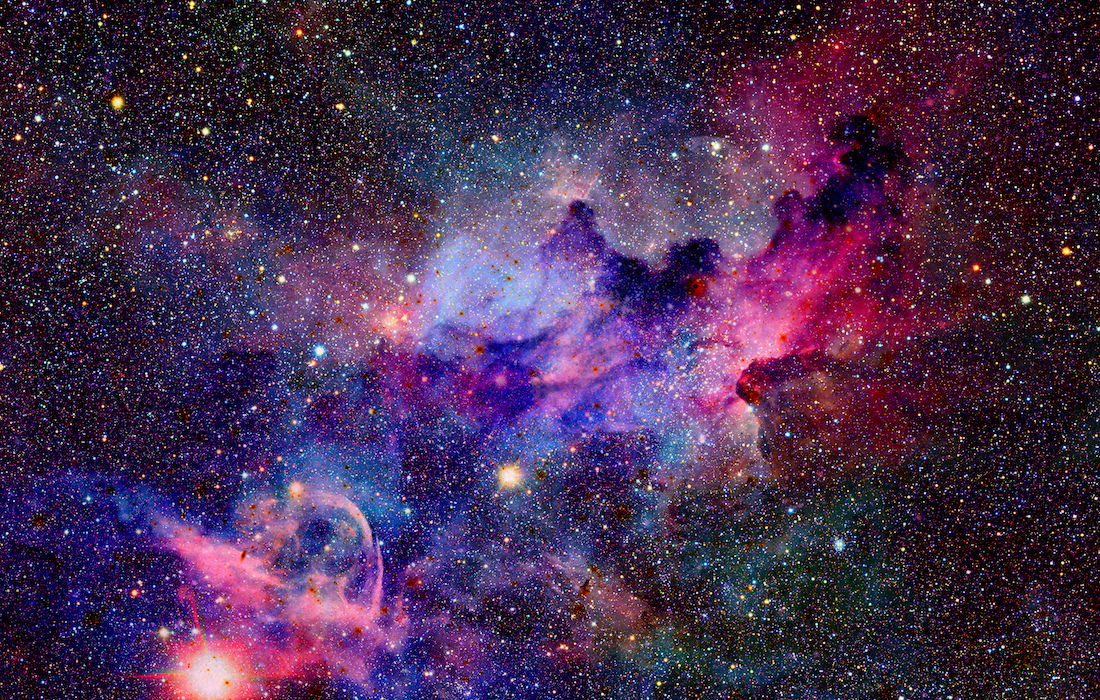All the galaxies and milky ways are nothing but a mixture of gas, dust, and stars. One structure called galaxy can hold all of this cosmic dust in an orderly manner. Some researchers discovered “stellar nurseries”- a region where stars are formed and are usually filled with gas and dust too, are approaching the Milky Way. These Stellar nurseries could form the galaxy’s arm and the amazing thing is that these stellar nurseries are nearly 9000 light yearlong waves.
Based on the published study in the journal Nature, two astronomers Alyssa Godman and Catherine Zucker tell us about the structure of stars and even more about the formation of a galaxy. One more famous astrophysicist Sangeeta Malhotra highlights the oldest galaxies which were formed 680 million years after the big bang. She also talks about the difference between these old galaxies and the new ones.
There are two different theories behind Galaxy formations. The first theory suggests that galaxies are born because of gas and dust collapses within their own gravitational pulls. This allows the forming of stars. In the other theory, which by the way has got strength in recent years says the universe contained small lumps of matters and they are responsible to form galaxies.
This theory mentions that most of the large galaxies were spiral in shape and over the time they got merged and formed elliptical shape.
Galaxy formation is a continuous process and the universe is continuously evolving. Larger galaxies gobbled up the smaller ones. The Milky Way may contain several smaller galaxies that were swallowed by it throughout the lifetime.

Galaxies are very giant and massive, and their gravity is also very strong. When they crowd together, their attraction is so strong that two galaxies latch on each other. They get merged together and form the massive city of stars.
Giant elliptical galaxies formed when two or more spirals like Milky Way got merged and they formed a single galaxy. These giant galaxies look like eggs and footballs and they are ten times bigger than Milky Way. These galaxies contain trillions of stars.
So many other fascinating facts are there about these galaxies. They also include the galactic collision which can destroy stars. At the same time, a merger can create thousands or millions of new stars.









